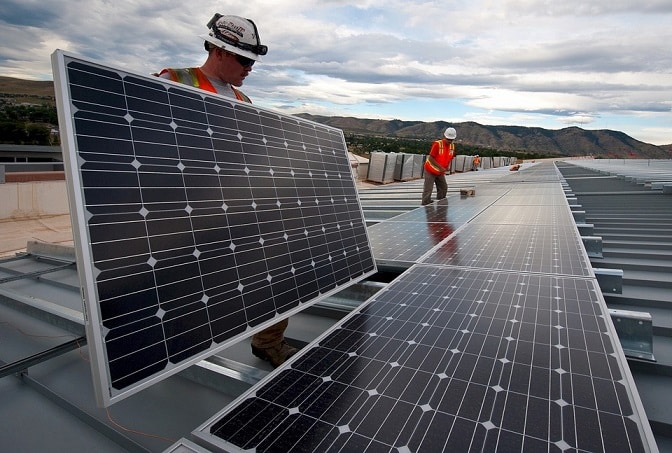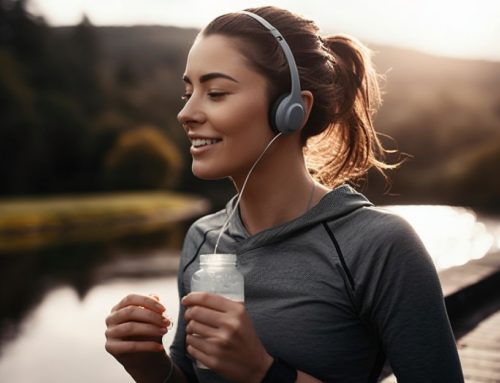The human body is composed of approximately 70 percent water, and maintaining a healthy body requires regular consumption of water. In order for us to perform at our most best, we need to ensure that our bodies are adequately hydrated at all times; dehydration causes a variety of organs to function below their optimum levels and can even lead them to cease working completely.
According to the United Nations, the problem is that the globe is currently experiencing a water crisis; as a result of the changing climate conditions, some locations have an abundance of water while others do not have enough. There are around 750 million people who do not have access to clean water to drink at the present time, and it is anticipated that this number will climb to 1.8 billion by the year 2025.
Is It Possible for Solar Energy to Produce Clean Water?
Because there is a lack of water and a scarcity of water in many nations across the globe, it is necessary for us to devise a strategy for gaining access to additional water and for sanitising the water that is already accessible so that it can be consumed safely.
As a result of the heating caused by the sun’s rays, water from the world’s oceans, rivers, and lakes is forced to rise into the atmosphere, where it condenses into clouds and eventually falls back to the surface of the earth. The sun plays an essential part in the water cycle that sustains life on Earth. When the clouds are laden with an excessive amount of water, that water eventually falls out of the clouds as rain on the ground below.
Using a solar still is one of the most straightforward methods of harnessing the power of the sun to produce potable water that is free of impurities. Through the processes of evaporation, distillation, and condensation, a solar still has the potential to generate up to about 23,000 litres (or litres) of potable water daily.
[Information obtained from Mother Earth News]
Solar stills are extremely helpful in regions that do not have access to any other sources of water, as well as in situations where there is no access to electricity or in the event of a natural disaster.
How to Construct a Straightforward Solar Still
- Create a hole in the earth, and then insert a container that is capable of holding water into the hole.
- Put a piece of plastic over the hole to cover it.
- Put something heavy, like a stone or rock, in the middle of the piece of plastic.
The plastic that is placed over the hole essentially transforms the hole into a greenhouse by trapping the heat of the sun. This causes the moisture that is present in the hole to evaporate, condense on the underside of the plastic, and then drop into the container below.
Sun water purifiers are a more advanced version of solar stills, and they are able to convert contaminated water into safe drinking water utilising essentially the same kind of process as solar stills, except on a much bigger scale.
The solar water disinfection method, also known as SODIS, is a solution that is both efficient and economical, and it may be utilised quite successfully in underdeveloped nations. Using this technique, water bottles made from food-grade plastic are filled with water, then placed in direct sunlight for six hours. During this time, the water is purified since the UV-A rays from the sun kill any bacteria, viruses, or parasites that may have been present.
Living-Water, based in London, is the supplier of the water coolers and water dispensers. Get a free trial of a natural spring water cooler for your home or place of business, as well as natural spring water.






